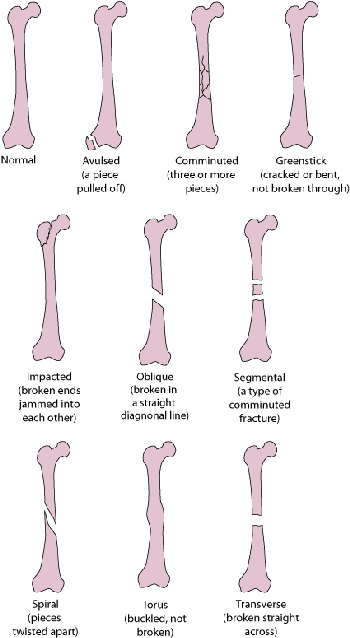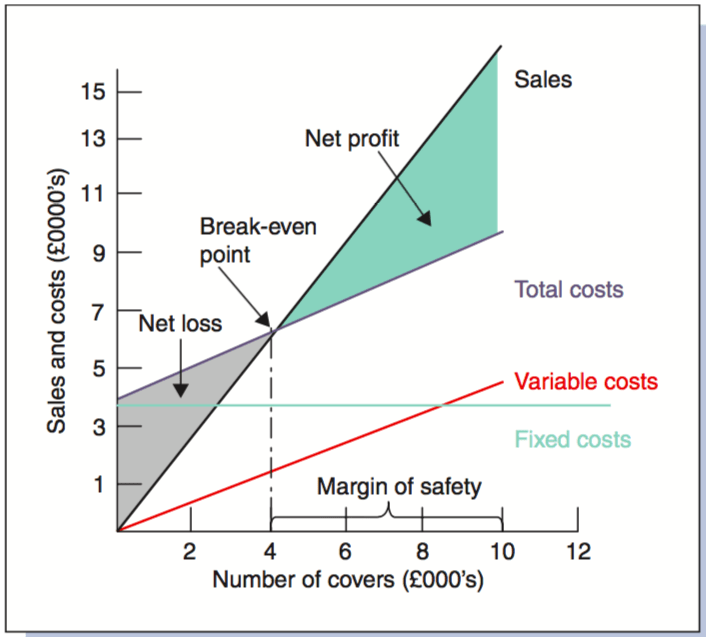
Treatment for various types of fractures varies depending upon what type of fracture occurred. Treatment for these fractures can range from a simple surgery performed to repair bone fragments to more complex surgeries that involve tissue manipulation. The healing process of a fracture is much more complex than those of minor fractures since the twisting nature of the fracture results in irregular edges along the bone.
Most surgical procedures for fractures are performed under general anesthesia and require general anesthetic when performed on patients with no pre-existing medical conditions. Treatment for the fracture may include physical therapy to correct muscle imbalances and any structural or nerve damage as well.
Treatment of a fracture involving the spine requires an arthrocentesis procedure where fluid from the spine is removed via a tube through the nostril and the spinal decompression procedure where the surgeon manipulates and reshapes the bone to bring the spine back into a normal shape. In some cases, additional procedures may be recommended to fix the problem.
For more common fractures involving the head, such as a broken bone in the jaw, treatment options include the use of an immobilizer to keep the jaw immobilized and help control and/or manage pain. An oral splint can be used to hold teeth or bite in a forward position.
Fractures of the spine can be fixed with the help of metal braces that are specially made to support the spinal cord. This also aids in maintaining the bone in its proper position. It is necessary for treatment of any fractured vertebrae to first see your doctor to have your fractures diagnosed.
Muscle strength is a major factor when it comes to treatment for fractures. Rehabilitation exercises are usually prescribed to help strengthen muscles to speed recovery time.
There are two types of fractures that affect the spine. Lumbar fractures occur inside the spine while thoracic fractures occur outside the spine. The two types of fractures tend to occur at different times of the year and are caused by different accidents. One example of a thoracic fracture would be from a fall, while another could be a result of a sports accident.

If you are unsure about the reason for your fractured bone, seeking medical attention is the best option. There are several different types of services offered to treat fractures in both emergency rooms and health care facilities.
Lumbar fractures are typically treated in a hospital environment. In most cases, doctors will perform tests to determine the type of injury, identify fractures, and perform diagnostic tests in order to diagnose a possible fracture.
After diagnosis, your doctor will work with you to design a treatment plan to address the fracture. Depending on the severity and location of the fracture, a physician may recommend surgery, a brace, immobilization. and physical therapy in order to rehabilitate the affected area.
A surgeon will perform a dissection of the vertebrae to look for lumbar fractures. They will remove the affected area to determine whether the fracture is structural or muscular. in nature. In order to determine this, the doctor will take measurements and x-rays of the affected area.
If the fracture is a muscle-related fracture, your doctor may recommend physical therapy in order to strengthen muscles around the fractured area. If it is not muscular in nature, the doctor may recommend surgery to restore motion to that area.
Once a fracture has been determined, the treatment will depend on what type of rehab exercise and rehabilitation exercises are necessary. If it is a skeletal fracture, the doctor will make a diagnosis and suggest the best way to fix it.
